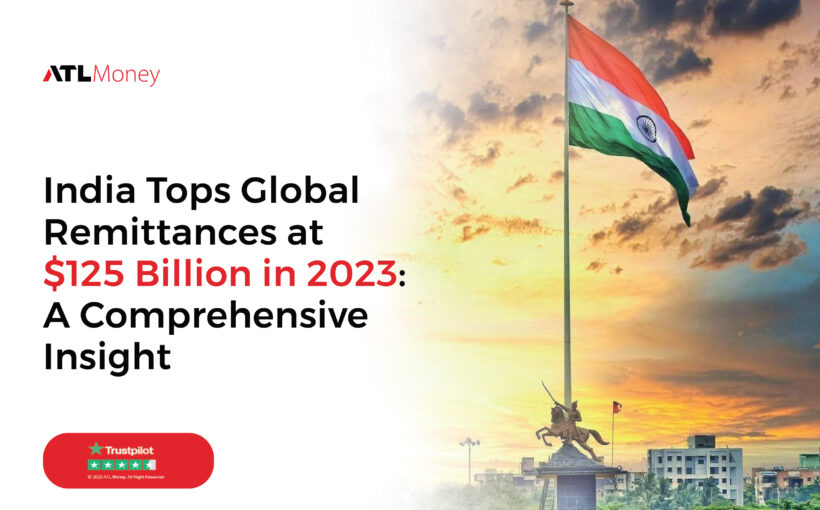In 2023, India has surpassed all other nations, emerging as the top recipient of global remittances, with an astonishing $125 billion pouring into the country. This monumental figure not only underscores the economic significance of the country but also sheds light on the intricate web of financial transactions that span across borders.
The $125 billion influx signifies the unwavering commitment and support of the Indian diaspora to their families and communities. The World Bank attributes this remarkable achievement to a myriad of factors, underscoring India’s strategic agreements and robust economic ties.
Understanding the Significance of India’s Remittances
India’s prominence in global remittances is no happenstance; it reflects the vast network of Indians residing abroad, diligently sending funds back home. The Indian diaspora plays a pivotal role in this financial ecosystem, contributing to the robust economy of their homeland. This news encapsulates a reality where cross-border financial ties are stronger than ever.
Key Drivers Behind India’s Remittance Dominance.
1. Diaspora Density:
The strength of India’s diaspora is reflected in the numbers. With over 30 million Indians living abroad, the reach of these remittances extends far beyond geographical boundaries.
With a substantial presence in key economic regions, including North America, Europe, and the Middle East, this diaspora density is a key factor contributing to India’s prominence in global remittances.
2. Strategic Agreements: The UAE Connection
At the heart of this financial triumph lies India’s strategic partnership with the United Arab Emirates (UAE). The World Bank emphasizes the pivotal role of the bilateral agreement between India and the UAE, promoting the use of dirhams and rupees for trade. This collaborative effort has significantly boosted the flow of funds between the two nations, contributing to India’s remarkable remittance figures.
3. Technology Integration:
The shift towards digital platforms in remittance transactions is evident in the data. Over 80% of remittances to India in 2023 were facilitated through online channels, signifying the seamless integration of technology in the financial lives of both senders and receivers.
The use of online platforms and mobile applications has streamlined the transfer of funds, making it convenient and efficient for both senders and receivers.
4. Sectoral Diversity:
The diversification of employment sectors among the Indian diaspora is noteworthy. Data indicates that remittances come from a wide spectrum of professions, including IT professionals, healthcare workers, and skilled laborers. This sectoral diversity ensures a steady and resilient inflow of funds, regardless of economic fluctuations.
Economic Impacts: Beyond the Numbers.
While the figures provide a snapshot of India’s remittance scenario, it’s imperative to delve into the broader economic impacts:
1. Currency Stability: Buffeting Economic Volatility
The substantial inflow of foreign currency contributes to the stability of the Indian Rupee, acting as a safeguard against currency fluctuations and economic uncertainties.
2. Local Stimulus: Fueling Economic Growth
The injection of foreign funds stimulates local economies. The multiplier effect is evident as increased liquidity encourages spending and investment, and ultimately fosters economic growth.
In conclusion, as India stands atop the global remittance charts at $125 billion in 2023, it’s not merely a statistic but a testament to the resilience and interconnectedness of our global economy. The intricate dance of money across borders reflects the enduring bonds of family, the relentless spirit of the Indian diaspora, and the efficiency of platforms like ATLMoney in facilitating these financial journeys.
### Send Money to India with ATLMoney for A Seamless Experience
